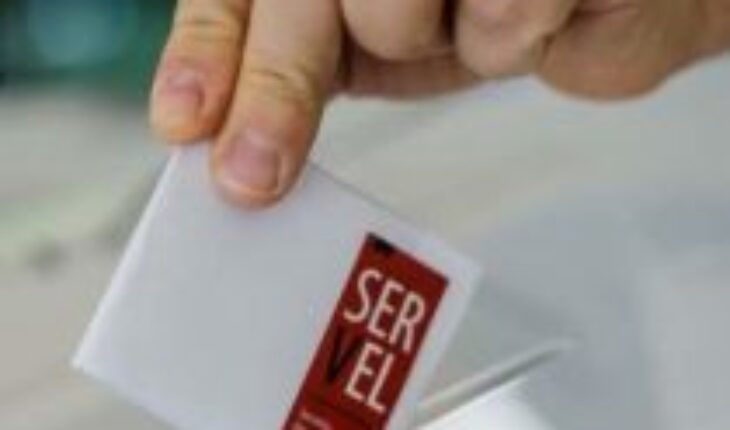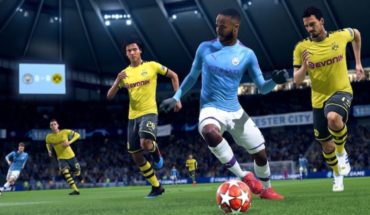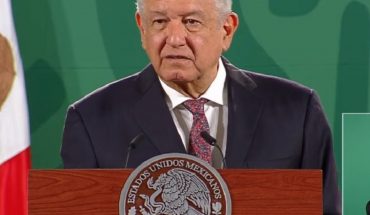After the first presidential round, and the parliamentary election that was a no small matter, on November 21 we analyzed here [El Mostrador, 14 diciembre 2021] the possible causes of the surprising defeat of Gabriel Boric against José Antonio Kast, as well as the technical tie between the right against the left, center-left and center in the representations in both the Chamber of Deputies and the Senate. These electoral outcomes were surprising given that both in the plebiscite for the approval of the Constitutional Convention, which was approved by 80% v / s 20%, as well as later, in the election of the conventional ones, the vote in favor of those who represented the various sectors ranging from the left to the political center reached 75%, while the right only obtained a modest 25%, without achieving at least the third that allowed it to exercise the right to veto, with which it had negotiated its approval of the Agreement for Peace and the Constitutional Convention, signed on November 15, 2019, which has made possible the entire current constitutional and political process.
It should be noted that the election of the conventional ones shows, on the one hand, a very low level of participation, in sharp contrast to the high participation in the plebiscite, on the other hand, that the vast majority of those elected do not belong to political parties but to various social movements or are independent. Now, in the election of the presidency and vice presidency of the Constituent Convention, for its second stage of operation, these social movements imposed their candidates after long votes and negotiations as allowed by the “papal method” of building a qualified majority, which has been a practical test to approve the constitutional norms. The press has said well that the political parties were left out.
We showed in that note how analyzing the electoral participations by the communes of the Metropolitan Region in relation to the levels of poverty in them, given that there the communes are clearly differentiated and discriminated against by the income of their inhabitants, we found that a greater poverty in the commune there was a lower electoral participation, a greater abstention, on the other hand, to a lower poverty there was a lower abstention, a greater electoral participation. In addition, we found there that in general the electoral participation in the plebiscite of the year 2020 had increased significantly in relation to the presidential elections of the year 2017, being even more significant the increase in participation in the poorest communes, in contrast, in the presidential elections of first round and parliamentary elections of the year 2021 the electoral participation of the poorest communes had decreased ostensibly compared to the plebiscite and that that it would be the explanation for Boric’s defeat to Kast in the first presidential round.
POVERTY AND ELECTORAL PARTICIPATION BY COMMUNES IN METROPOLITAN REGION
Sources: SERVEL. Decide Chile by Unholster. Participation Elections 2017-2022. 22 November 2021. Ministry of Social Development and Family. Poverty Rate Estimates by income by Commune, Application of Estimation Methodologies for Small Areas (SAE) 2017.
In the presidential runoff last Sunday, December 19, the vote for the two finalist contenders of the first round, produced the surprise of a resounding triumph of Boric with 56% of the votes over Kast who only obtained 44% of them. Without doubt, the effect of the increase in electoral participation of the poorest communes has been decisive in the consistent triumph of Boric, let’s see then how the electoral participation has become according to the situation of income by communes of the RM, which is reflected in the attached table,
Electoral participation in the communes with the highest poverty in the RM
It is important to note that in the communes with the highest poverty of the RM the electoral participation in the first presidential round of the year 2021 was between 40% of La Pintana – in the presidential one of 2017 it was only 36% – and 54% of Macul, for the second round that participation was between 48% of Independence and 63% of Padre Hurtado and Macul. If we take the poorest commune in the Metropolitan Region, La Pintana, the variation in participation between the first presidential round of 2017 and the plebiscite of 2020 had a growth of 47.2%, on the other hand, from the plebiscite to thein the first presidential round of 2021, the fall in participation was 24.5%, while between the first and second rounds the participation of voters in La Pintana rose again by 24.3%. As a whole, the ten municipalities with the most poverty in the RM had a generalized growth in their participation comparing the plebiscite with the presidential one of 2017 that vary between 47.2% of La Pintana and 9.3% of Independencia, but the other municipalities do not fall below double digits of growth in participation. In this Santiago, which is not the average of the communes but if it symbolizes the intermediate situation, is as cunning as Independencia with only a 7.3% growth in electoral participation.
Let’s see now how the participation varied between the first and second presidential round of the year 2021, according to the greater or lesser poverty present in the communes of the RM, here again, as in the case of the plebiscite, among the ten communes with the highest poverty there is an ostensible increase in participation in the second round in relation to the first, ranging from 17% in Macul to 24% in La Pintana and Cerro Navia reaching 27% in Pudahuel, with just over 17% in Macul and Maipú. While Santiago the growth of participation between the two presidential rounds remains at a discreet 16%.
Electoral participation in the communes with the lowest poverty in the RM
If we analyze, by contrast, the ten richest communes of the RM, there the electoral participation in the first presidential round of 2021 goes from 44% in Renca to 69% in Vitacura, which in the second round varied to 54% and 71% respectively. Among them Las Condes had the lowest growth in participation between the presidential elections of 2017 and the plebiscite of 2020 with 0.0% and in Renca with 33.3% had the highest, there poverty reaches 3.7% but in Lo Barnechea, La Reina, Ñuñoa, Providencia and Las Condes, on that occasion their electoral participation grew only one digit, while Vitacura decreased by 1.4%, thus being the only case in the MRI, there the rejection was radical. If we also consider in these communes the variation in electoral participation between the plebiscite of 2020 and the first presidential round of 2021, in the five with some poverty participation also decreased, as in the poorest communes, on the other hand among the five richest, La Reina, Providencia, Las Condes and Vitacura the electoral participation increased, not in Ñuñoa.
Likewise, in the communes with the highest incomes, only four exceed 20% growth in electoral participation, two 10%, and four only grew their participation by single digits: Providencia 7.1%, Las Condes 5.1% and Vitacura only 2.8%, but it is the commune with the highest electoral participation, 71%. Here it is clear that it was the electoral mobilization of the “poor” that gave boric the victory.
Electoral participation in the RM during the election of constituents
A separate analysis deserves the participation for the election of the constituents in May 2021, in the poorest communes only between 17% of La Pintana and 29% of Macul participated, who had done so before in the plebiscite with participations that were 53% in La Pintana and 61% in Padre Hurtado. While in the communes with the highest income of the RM the participation to choose conventional moved between 21% of Renca and 52% of Providencia and Vitacura, while in the plebiscite those participations had been between 54% of Quinta Normal and 68% of Lo Barnechea and Vitacura. The plausible explanation is that when accompanying the election of the constituents with the municipal and regional ones in May 2020, those were contaminated by the low traditional call of these.
Finally, we can see that both in the plebiscite, as in the election of the constituents and, above all, in the presidential second round the poor gave its majority support to the political representation of the left and center left, which gave the resounding triumph to Boric, what we do not know is because he did it and, especially since he did not do it in the first presidential round of 2021. This “mistake of convocation” will be decisive in the immediate political future of the country, since the new Boric Government will lack the parliamentary majorities to govern and, above all, to make the political, social and economic transformations for which he was elected.
A good example of the problems of the calls is the experience of Adolfo Millabur, the first Mapuche mayor of Tirua, re-elected five times and today a constituent by the Lafkuenche organization, a former concertacionista more committed to his nation than to the left.Quierda, but there surely is his heart, however in his commune the electoral participation in the presidential of 2017 was 45% that, contrary to what happened in the RM, down to 34% in the plebiscite, for the election of conventionals under even more to 9%, electoral participation that in the first presidential round of 2021 rose to 41% and rose in the second round to 53%, but among those summoned, 63.1% voted for Kast and only 36.9% for Boric.
I call “pobrecía” the lowest income sectors of society, who also assume awareness of their situation and acquire various capacities to represent their interests in organizational developments, mobilizations and participation in electoral processes. Poverty is only an economic and social concept, referring to income and access to social rights.
The content expressed in this opinion column is the sole responsibility of its author, and does not necessarily reflect the editorial line or position of El Mostrador.





